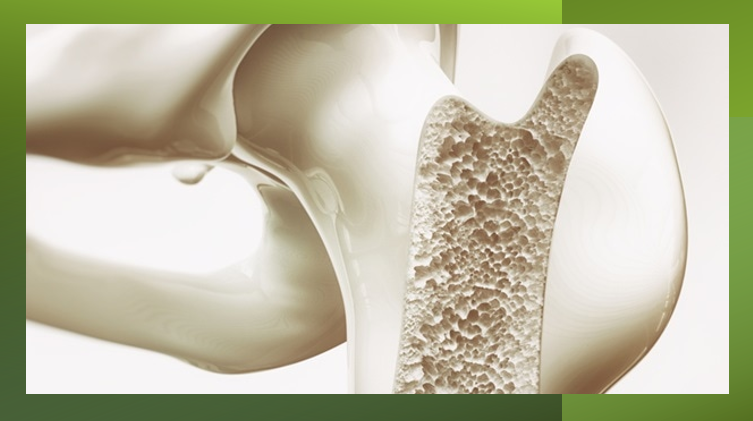News & Trends - MedTech & Diagnostics
World-first 3D-printed implant approved

MedTech News: The 3D-printed Patient Specific Talus Spacer is the first in the world and first-of-its-kind implant to replace the talus for the treatment of avascular necrosis (AVN) of the ankle joint, a progressive condition that causes the death of bone tissue stemming from a lack of blood supply to the area.
“Avascular necrosis of the ankle is a serious and potentially debilitating one that causes pain and can lead to inhibited motion of the ankle joint, and in some cases, removal of part of the leg,” said Capt. Raquel Peat, Ph.D., M.P.H., USPHS, director of the FDA’s Center for Devices and Radiological Health’s Office of Orthopedic Devices. “Today’s action provides patients with a treatment option that could potentially reduce pain, retain range of motion of their joint and improve quality of life.”
Additive Orthopaedics’ Patient Specific Talus Spacer is a 3D printed implant that can be used in talus replacement surgery. The talus spacer is made for each patient individually, modelled from computed tomography (CT) imaging, and is fitted to a patient’s specific anatomy. During the replacement surgery, the patient’s talus bone is removed and replaced with the implant, which is made from cobalt chromium alloy.
While fusion may become necessary in the future should the condition worsen, talus replacement surgery with the Patient Specific Talus Spacer is intended to be a joint-sparing procedure, as it allows the patient to retain motion in the ankle joint.
The FDA reviewed data for the Patient Specific Talus Spacer through the humanitarian device exemption (HDE) process.
Data supporting the safety and probable benefit of the Patient Specific Talus Spacer include results from 31 patients and 32 talus replacement surgeries (one patient had operations on both ankles) with the implant. At three years post-operation, the average reported pain decreased from “moderate to severe” prior to surgery to “mild” post-surgery, and average range of motion in the ankle joint also improved. These measures were assessed using standard subjective scoring systems for pain and functionality.
By the three-year mark, out of 32 cases, there were three reported additional surgeries. The most common reported adverse events were pain and scar tissue at the surgery site.
The U.S. Food and Drug Administration (FDA) approved the 3D-printed Patient Specific Talus Spacer 17 February 2021.
The market for 3D printed medical devices is promising and projected to increase at a compound annual growth rate of 17.5% and reach nearly $2 billion globally by 2022, according to market research.
News & Trends - MedTech & Diagnostics

Stryker partners with local researchers to advance shoulder joint surgery
MedTech & Diagnostics News: Joint replacement is a commonly performed major surgical procedure that has considerable success in alleviating pain […]
MoreNews & Trends - Pharmaceuticals

Over two-thirds of Aussies missing healthcare appointments
Pharma News: Over 70% of Australians have postponed or cancelled healthcare appointments in the last 12 months. The primary reason […]
MoreNews & Trends - Pharmaceuticals

Opposition decries incremental change as New Zealand government defends Pharmac budget
Pharma News: New Zealand’s Associate Health Minister has made headlines by unveiling Pharmac’s largest ever budget of $6.294 billion over […]
MoreMedical

Telehealth’s 10-year leap in 10 days: Reshaping hospital EDs
Medical: As overcrowding and ramping continue to challenge emergency departments across Australia, the concept of virtual emergency departments (EDs) emerges […]
More